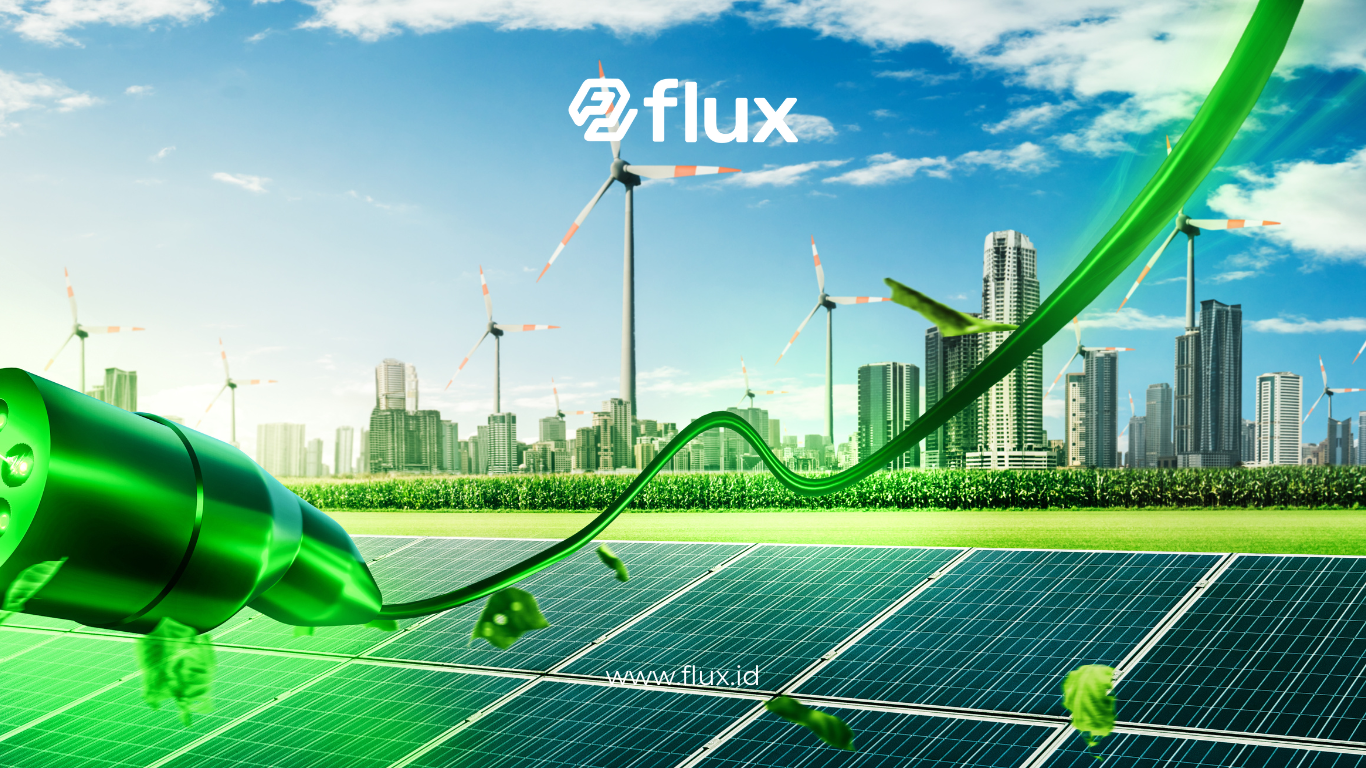Don't miss our holiday offer - 20% OFF!
In recent years, the concept of the Internet of Things (IoT) has gained widespread attention across various sectors, including energy management. Given the increasing demand for energy efficiency and sustainability, integrating IoT into energy management has become a promising solution. This article discusses how IoT contributes to realizing a smart grid, outlines the challenges faced, and highlights the benefits that can be obtained from implementing this technology.
Contents
1. What is a Smart Grid?
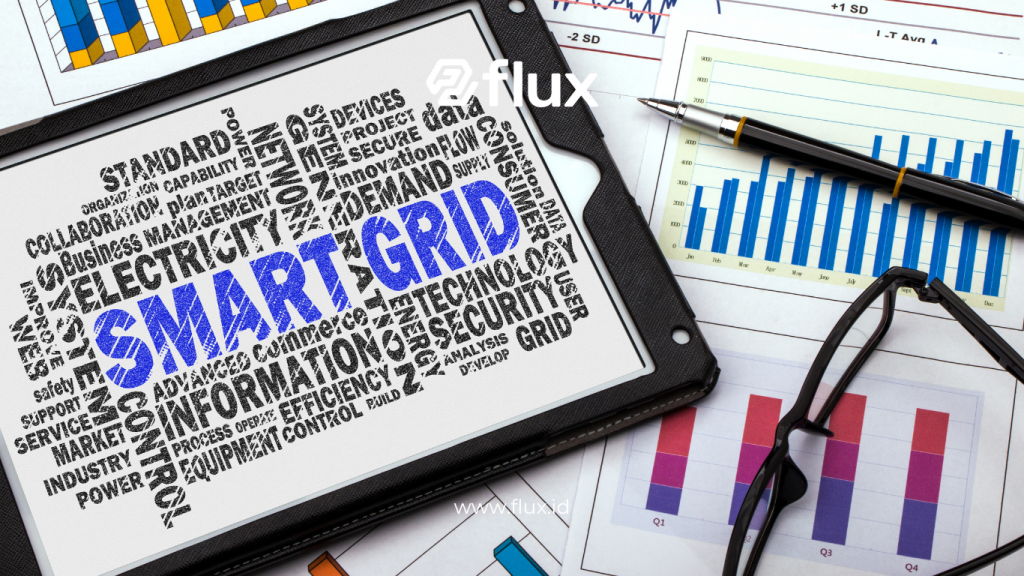
Read More: Optimizing Energy Management with IoT Sensors: Efficient Electricity Consumption Monitoring Solution
A smart grid represents a modern electrical grid that uses digital technology to enhance the efficiency, reliability, and sustainability of the energy supply system. Unlike traditional electrical grids, which operate in a one-way manner, a smart grid enables two-way interaction between energy providers and consumers. Therefore, the integration of IoT into smart grids is crucial for optimizing energy management.
2. The Role of IoT in Energy Management
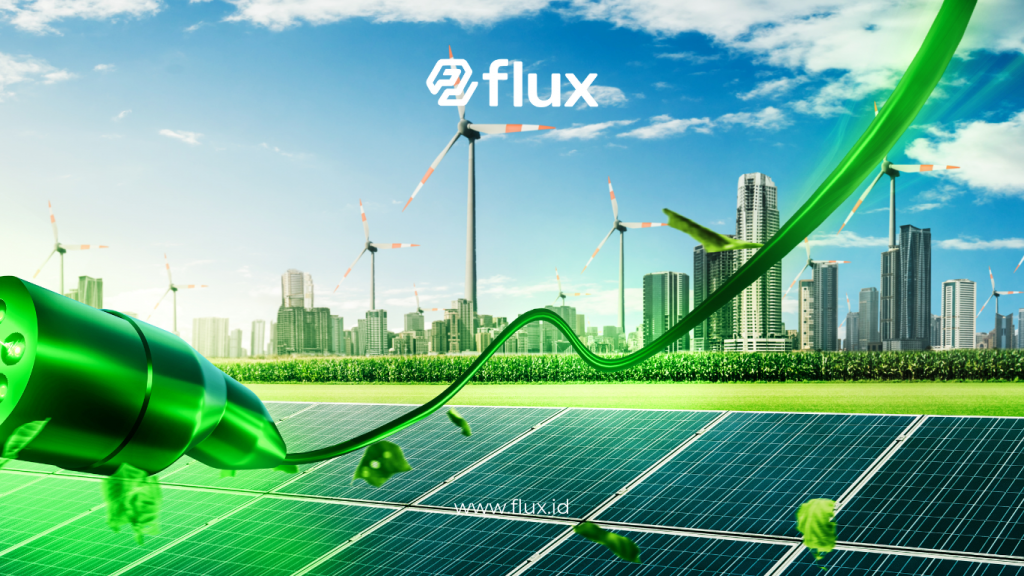
Read More: The Role of Pressure Sensors in Modern Industry: From Automotive to Energy Management
IoT can significantly enhance energy management through various connected devices and sensors. Below are some key roles of IoT in energy management:
2.1. Real-Time Monitoring
Firstly, IoT allows for real-time monitoring of energy usage through sensors and smart devices. By collecting data, energy managers can analyze consumption patterns and optimize energy use effectively. As a result, companies can make better decisions that improve energy efficiency.
2.2. Automation and Control
Moreover, IoT technology enables automation in energy management systems. For instance, temperature settings in buildings can automatically adjust based on the number of occupants. This automation not only reduces energy waste but also increases comfort for users.
2.3. Integration of Renewable Energy Sources
Additionally, IoT facilitates the integration of renewable energy sources, such as solar and wind power, into the electrical grid. By utilizing sensors to monitor weather conditions and energy production, energy managers can optimize the use of renewable sources while reducing dependence on fossil fuels.
3. Benefits of Using IoT in Smart Grids
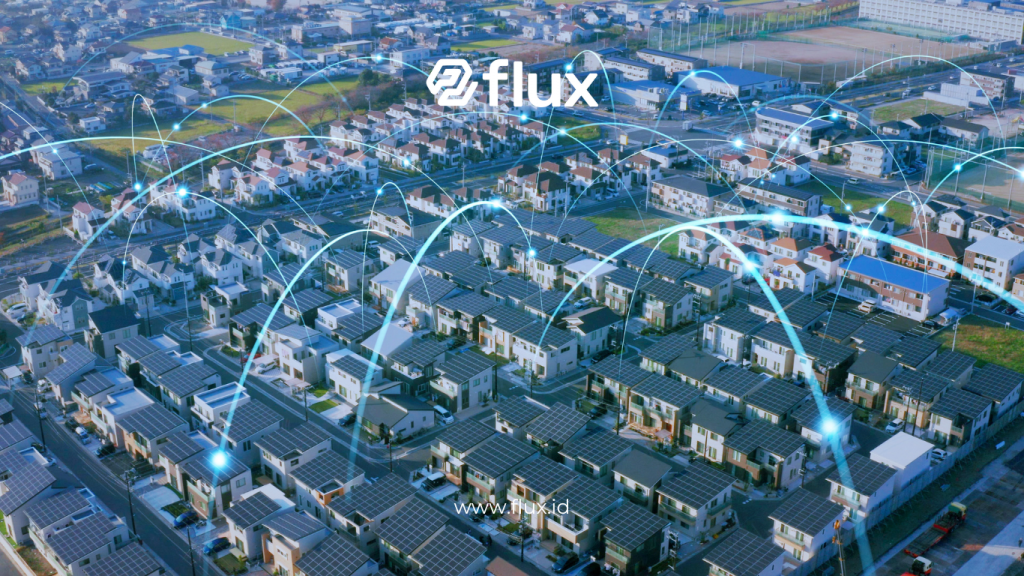
Read More: Energy Efficiency in Hospitals: Implementing IoT for Sustainability
Integrating IoT into energy management and developing smart grids offers several significant benefits:
3.1. Improved Energy Efficiency
With enhanced monitoring and control, consumers can effectively reduce energy consumption and save costs. In addition, energy providers can accurately predict demand and manage supply more efficiently.
3.2. Increased Reliability
Furthermore, IoT enhances the reliability of energy systems by enabling early detection of problems within the grid. Sensors can provide alerts before system failures occur, allowing for preventive actions to be taken promptly.
3.3. Reduction of Carbon Emissions
By transitioning to renewable energy sources and improving overall efficiency, the use of IoT in energy management contributes to a reduction in carbon emissions. This is crucial for global efforts to combat climate change.
4. Challenges in Implementing IoT for Energy Management
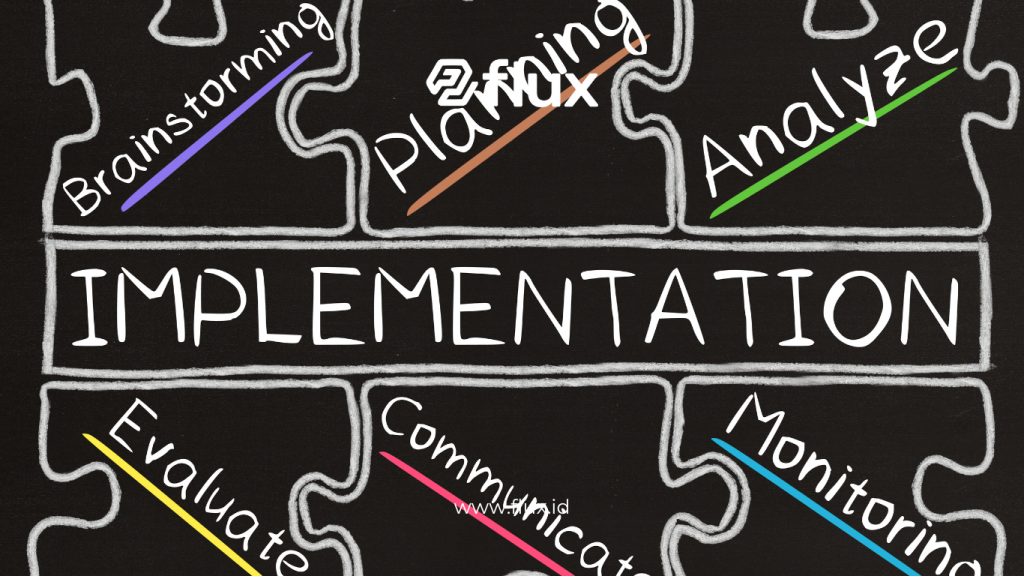
Read More: Digital Energy Optimization: Efficiency and Savings Strategies
Despite its numerous benefits, implementing IoT in energy management presents several challenges:
4.1. Data Security
Data security remains a significant concern in IoT systems. As the number of connected devices increases, the risk of data breaches and cyber-attacks also rises. Therefore, it is essential to enforce strict security measures to protect sensitive information.
4.2. Insufficient Infrastructure
In certain areas, the infrastructure necessary to support IoT in energy management still lacks development. This inadequacy can hinder technology adoption and diminish the potential benefits.
4.3. Implementation Costs
While the long-term benefits of IoT often outweigh initial costs, investing in this technology and training human resources can pose a challenge for many organizations.
5. Case Studies: Implementation of IoT in Smart Grids
Several companies and countries have successfully implemented IoT in their energy management systems. For example, Scandinavian countries have emerged as pioneers in utilizing smart grids and renewable energy. By integrating IoT technology, these countries have enhanced energy efficiency and significantly reduced emissions.
5.1. Initiatives in Europe
In Europe, various initiatives support the development of smart grids. Projects like Horizon 2020 aim to encourage research and innovation in energy technology, including the application of IoT.
5.2. Projects in Asia
In Asia, countries such as Japan and South Korea have effectively utilized IoT to enhance energy efficiency. For instance, smart grid projects in Tokyo integrate IoT technology to monitor and manage energy usage in real time.
6. Steps Toward a Smart Energy Future

Read More: How Energy Sensors Revolutionize Building Energy Management
To achieve a more sustainable and efficient future, clear steps must be taken to implement IoT in energy management. Here are some actionable strategies:
6.1. Investment in Infrastructure
Governments and companies should invest in infrastructure that supports the application of IoT. This investment includes upgrading electrical grids, developing energy storage systems, and modernizing hardware.
6.2. Education and Awareness
Raising awareness about the benefits of IoT in energy management among consumers and stakeholders is essential. Educational programs and training initiatives can encourage the adoption of this technology.
6.3. Collaboration Among Stakeholders
Collaboration between governments, energy companies, and technology providers is crucial for developing innovative and effective solutions in energy management.
Conclusion
In conclusion, the use of IoT in enerrgy management represents a significant step toward developing a more efficient and sustainable smart grid. While challenges exist in its implementation, the benefits far outweigh them. Through real-time monitoring, automation, and the integration of renewable energy sources, IoT has the potential to transform how we manage energy. By taking the right steps, we can realize a smarter and more sustainable energy future.


